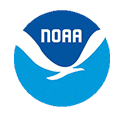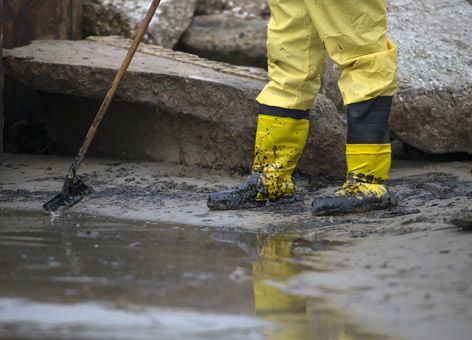Looking for Information about Oil Spills?
Oil spills—some large, more often small—happen along the coasts, Great Lakes, and major rivers of the United States nearly every day. NOAA's Office of Response and Restoration is involved in more than 100 responses to spills or vessel groundings each year. We tailor our scientific expertise in biology, chemistry, oceanography, and more to the practical operations the U.S. Coast Guard faces in reducing the spread of oil and its impacts to land, water, and life. We have gathered some basic information related to oil spills, cleanup, impacts, and restoration. Get the latest updates on NOAA's current oil spill responses at IncidentNews.
Spill Response and Cleanup
- NOAA Oil Spill Response Tools
- How NOAA Responds to Oil Spills
- How do oil spills out at sea typically get cleaned up? [INFOGRAPHIC]
- How do oil spills get cleaned up on shore? [INFOGRAPHIC]
- Oil Spill Response and Cleanup Methods: Boom, Skimming, and In situ Burning
- Fact Sheet: Using Boom in Response to Oil Spills [PDF]
- Fact Sheet: Oil Spill Dispersant Application and Monitoring [PDF]
- How Chemical Dispersants Are Used During Oil Spills
- Shoreline Cleanup Assessment Technique (SCAT)
 An official website of the United States government.
An official website of the United States government. 
